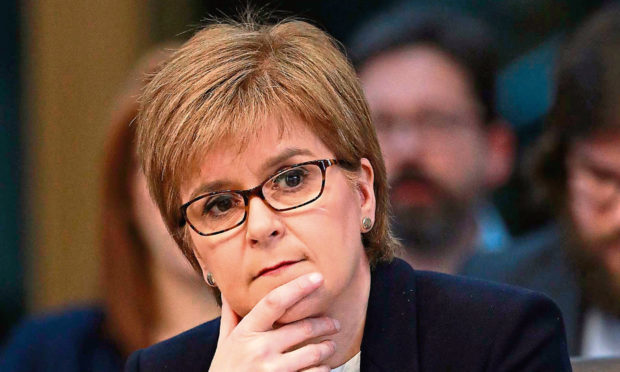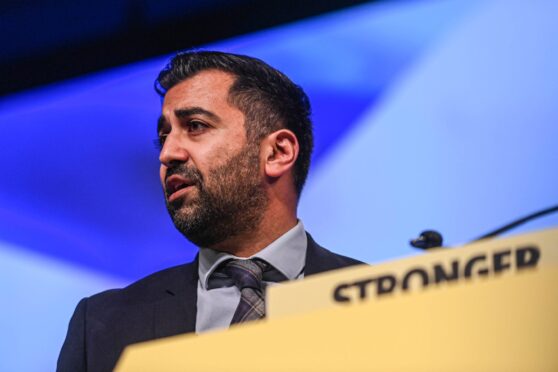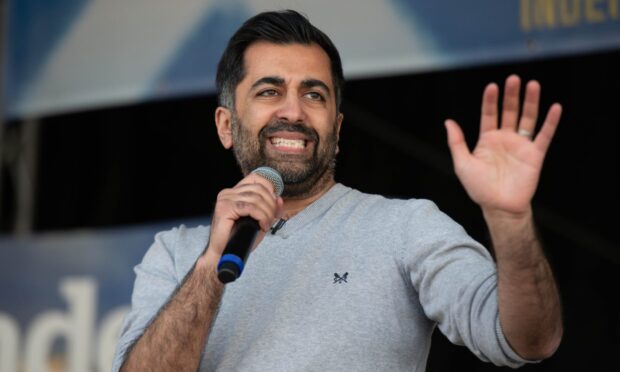Net migration from the European Union to the UK has fallen to the lowest level in nearly six years.
Official statistics show an estimated 74,000 more EU nationals came to live in the country for at least 12 months than left in the year to June.
Nicola Sturgeon said: “This is not good news for Scotland, given our real need to attract skills and talent to work here.”
The First Minister described the drop as “another tangible example of Tory ideology actively harming Scotland’s national interests”.
Data was also published on Thursday of Scotland’s population by nationality in the year to June 2018.
Of Tayside and Fife’s 773,000 residents, 34,000 were born outside of the UK, according to the National Records of Scotland.
That is 4% of the Courier Country population, compared with 7% in Scotland as a whole.
The net migration figure of 74,000 is the lowest since the year ending September 2012, when it stood at 65,000.
Non-EU net migration was at its highest since 2004, with 248,000 more non-EU citizens arriving than departing, the Office for National Statistics said.
Overall, net long-term international migration was 273,000.
This is down from record levels of around a third of a million two years ago, but still almost three times the Government’s target of less than 100,000.
Net migration from the so-called EU8 nations which joined the bloc in 2004, including Poland and the Czech Republic, was minus 14,000 in the year to June.
The ONS report said: “This has been driven by a decrease in EU8 immigration, particularly for work, and an increase in emigration over the last two years.
“There could be several reasons for this changing pattern, decisions to migrate are complex and people’s decision to move to or from the UK will be influenced by a range of factors.”
While immigration data published since the EU referendum have sparked claims of a “Brexodus”, figures for the rest of the world are tracking in the opposite direction.
While the UK remains bound by EU free movement rules, immigration from the rest of the world is subject to restrictions.
Shadow home secretary Diane Abbott said: “These data reinforce the view that the Government’s net migration target is reckless and foolish.
“The target has never once been met and non-EU migration alone far outstrips it.”
The figures come as the Government prepares to publish its much-delayed proposals for Britain’s post-Brexit immigration system.
Home Secretary Sajid Javid told a committee this week he “would certainly expect” it to be published by the end of the year.
“Whether we have a successful deal with the European Union, or whether we leave with no deal, we are still going to have a new immigration system and the white paper will talk to that new immigration system,” he said.










